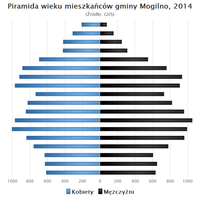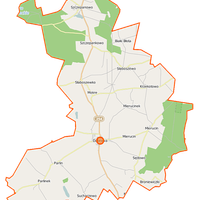Mogilno County
6.86

Overview
Mogilno County, located in the southwestern part of the Kuyavian-Pomeranian Voivodeship, was established in 1999 as part of the administrative reform. Its seat is the town of Mogilno, known for its rich history and architectural attractions, including churches and historic urban buildings. The county consists of urban-rural municipalities such as Mogilno and Strzelno, as well as rural municipalities like Dąbrowa and Jeziora Wielkie. Transport in the county is primarily based on national roads, with important routes passing through its territory, facilitating connections with other regions. The county also has railway connections, including line 353 linking Mogilno with Inowrocław and Gniezno. From a historical perspective, Mogilno stands out as a place with a rich past, evident in its religious sites and various historical monuments. The county's demographics indicate a stable population; according to 2019 data, it numbered 45,619 people, showing moderate growth compared to previous years. County administrators such as Tadeusz Szymański, Tomasz Barczak, Bartosz Nowacki, and the current Tomasz Krzesiński have contributed to the region's development by implementing various local initiatives. Poznań, Gniezno, Inowrocław, and neighboring counties such as Żnin, Konin, Słupca, and Gniezno form a network of contacts and cooperation. An interesting aspect is the cultural diversity of the region and traditions associated with local festivals and events, which attract tourists and build local identity. Thanks to its natural, architectural, and cultural assets, Mogilno County is an interesting travel destination for history and tradition enthusiasts looking to explore this part of Poland.
Location
Country
2025 Wizytor | All Rights Reserved








